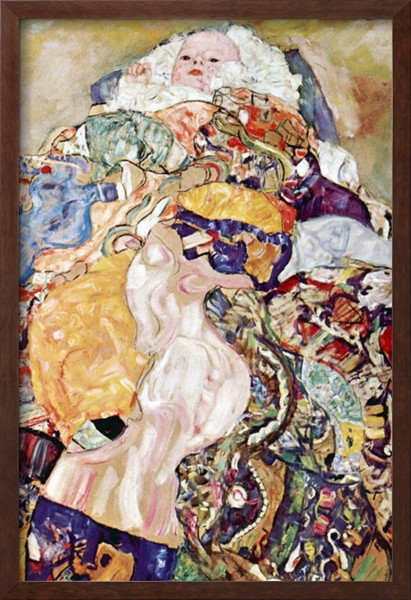Mark Rothko is one of the most renowned artists of his time. I remember the first time I saw a Rothko painting in person. I was by myself at the Pompidou in Paris (which in itself was set up to be an amazing experience.) Walking through the museum I was brought to a halt when I looked up and saw, Untitled (black, red over black on red), 1964. Of course I knew of the beauty and the amazement of Rothko’s work but seeing it in person was a new extreme. Rothko has the ability to make a seemingly simple painting command to be looked at - its size, beauty and mastery of color is something you can’t avoid.
I am always intrigued when certain works have benches placed in front of them - what is it about those pieces that require sitting when looking at and others don’t? I finally understood the need for benches. With a piece like Rothko’s, it deserves, and requires more time to fully appreciate and take in the amazement of it. I felt utterly overwhelmed and at a loss for words when looking at his paintings. There is something about his paintings, the vastness, and the ability for something (usually) monochrome to cause such a physical and emotional reaction that completely pulls me in. I took advantage of the bench that sat in front of the painting and took it in. Not only do the aesthetic elements of the painting captivate me, but it’s hard to look past the fact that you are face-to-face with a Rothko, amazing to have a star struck feeling come from a piece of art.
An abstract expressionist painter, Rothko is known for his large-scale paintings, many which are monochrome and have similar features to color blocking. Rothko’s color field paintings created a “chromatic language” for his audience, using the power of color to create an emotional and visceral reaction for his viewers.The power and emotion embedded in the color red comes through the painting and resonate within me, creating the ultimate “wow” moment. The technical abilities Rothko displayed through his paintings are impossible not to recognize. The looseness he holds with the paint, the hidden brush strokes, the look of ease yet so much precision, and the blending of the paint and varying colors make for a seamless piece. Rothko has the ability to produce what appears to be a still piece of work, and bring it to life, standing under the paintings they seem to move and breathe along with the viewer.




































